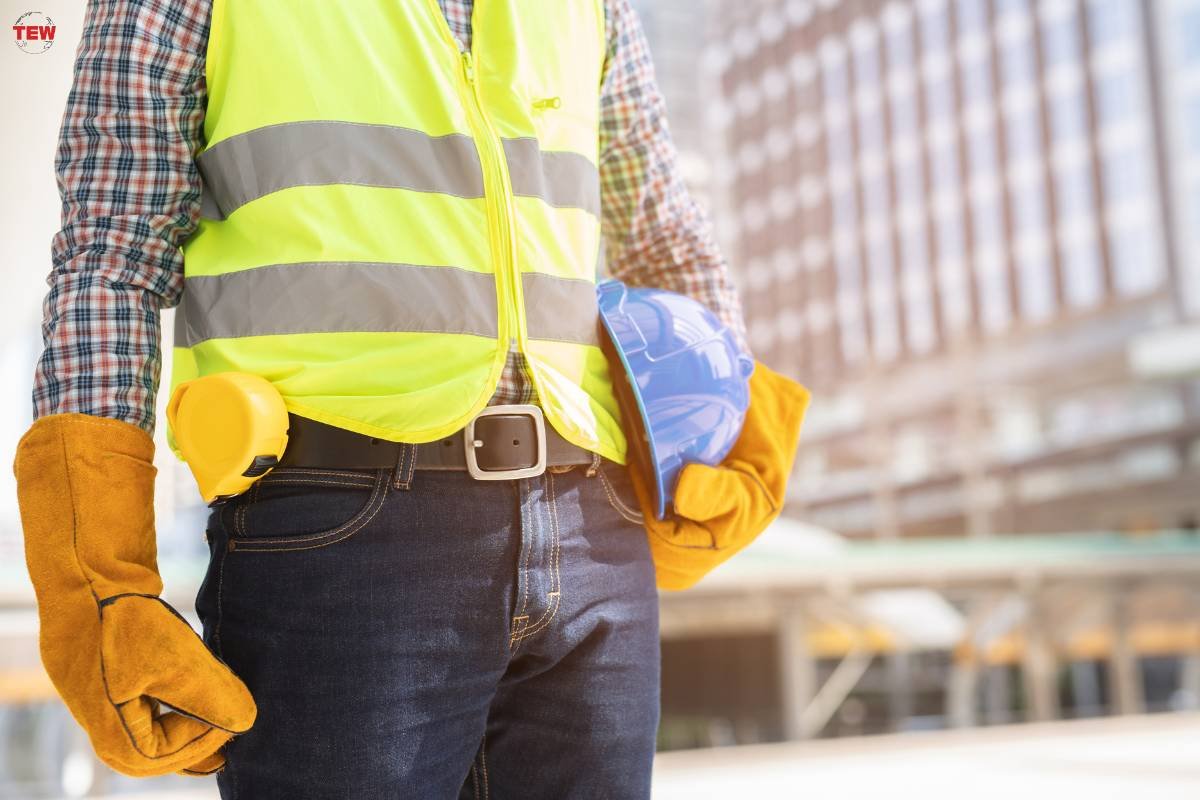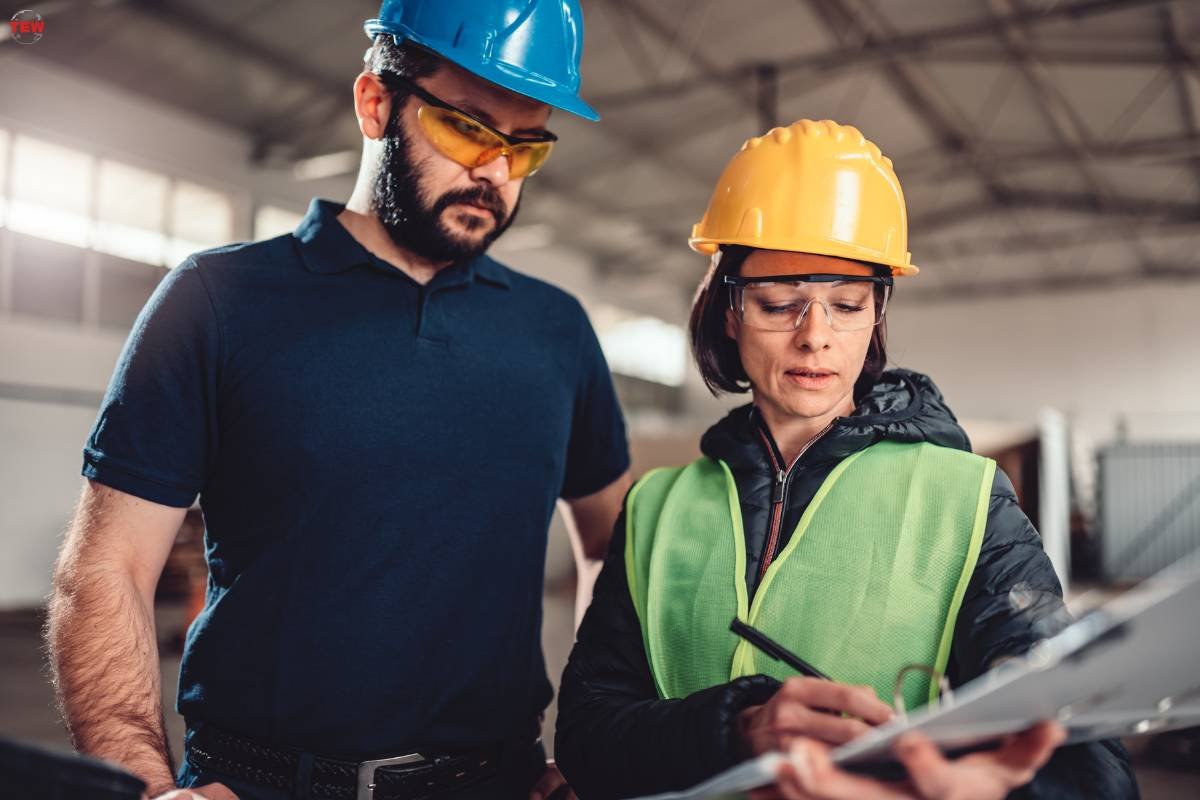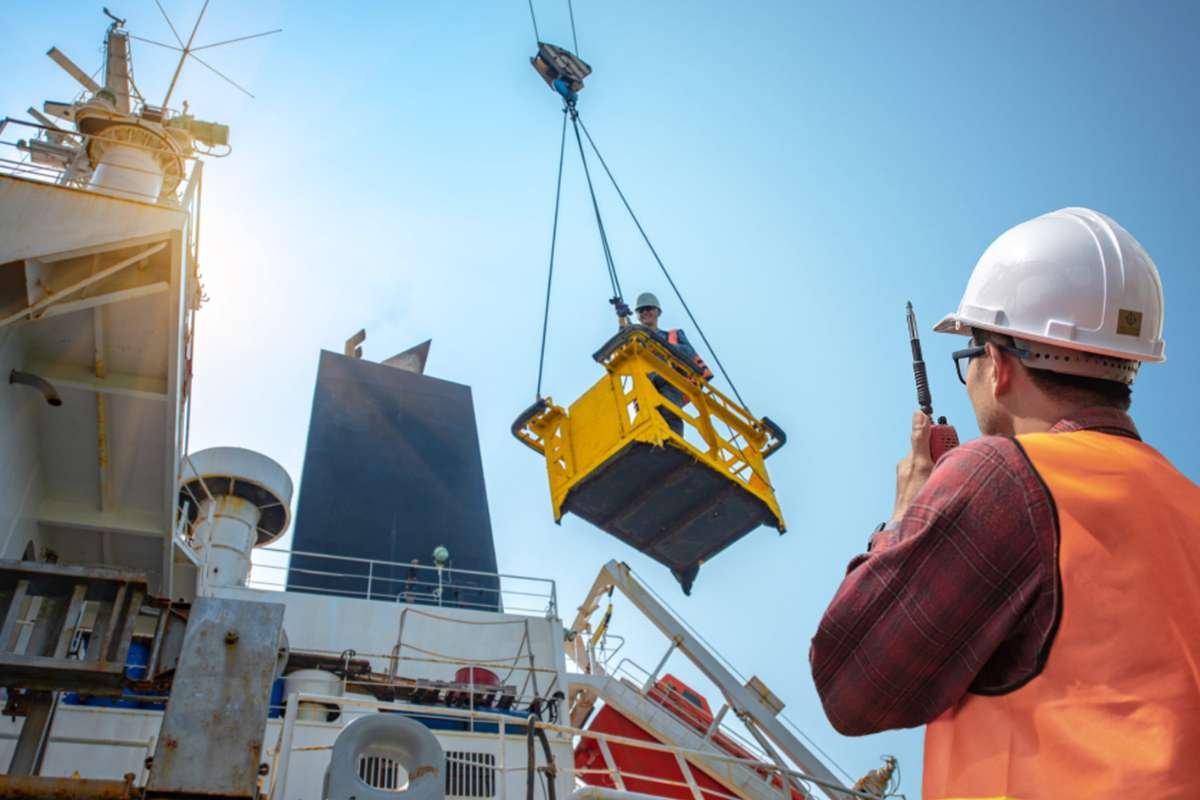Looking after yourself in the workplace is essential for your overall health and well-being. Staying injury-free enables you to continue working hard, collaborating with your colleagues, and earning a wage to support yourself and your family.
If you work on a construction site or in a factory, you’re at a high-risk work accident and injuries that could eventually lead to long-term disabilities or fatalities.
As an employee, it’s your responsibility to keep yourself and your colleagues safe at work. Your employer must implement health and safety policies, but it’s up to you to follow them accordingly.
Luckily, there are steps you can take to reduce the risk of accidents, injuries, and fatalities in high-risk work areas, and we’ve covered some of these steps below.
Here are 5 Steps To Protect Yourself in a High-Risk Work Environment:
1. Wear Personal Protective Gear
Personal protective equipment (known as PPE) refers to clothing and accessories that you can wear to prevent construction accidents and keep yourself safe from potential hazards and dangers in the workplace. In many high-risk work areas, such as construction sites, chemical plants, and factories, PPE is mandatory by law.

PPE includes helmets, goggles, earmuffs, face masks, long lab coats, high-visibility jackets, durable work gloves, and steel-toed shoes. You may not necessarily need to wear all of these personal protection items. Your employer and work health and safety manual should specify which PPE is mandatory in your workplace.
You may need to wear different PPE in each area of your workplace if some are higher risk than others. The mandatory PPE items should be specified by your employer or signposted appropriately. You can easily check Professional safety Gear on MWG Apparel anytime.
In addition to the standard PPE, consider specialized equipment tailored to specific tasks. For example, if you’re working with hazardous chemicals, ensure that your gloves and face masks are chemical-resistant. Similarly, if you’re working at heights, ensure your safety harnesses are regularly inspected and certified.
2. Pay Attention to Signage in Your Workplace
Health and safety rules and regulations are usually specified on signposts or posters in high-risk work areas. It’s essential that you pay attention to the instructions set by your employer (and the law) to keep yourself and your colleagues safe.
You must also read all signage in your workplace, as this is often used to warn you of potential risks or inform you when you’re entering a high-risk area. Reading and following signage keeps you out of unauthorized areas and ensures you’re following all health and safety protocols to prevent injuries and fatalities.
When signage is unclear, insufficient, or not adhered to, and an accident occurs, it may be necessary to seek legal assistance. Consulting a construction accidents lawyer can help you understand your rights and the following steps in such situations. It’s crucial to know that legal support is available to help navigate the complexities that can arise from such circumstances.
3. Report Health and Safety Concerns Immediately
If you spot a health and safety issue, you must inform your employer or supervisor as soon as possible. Safety concerns can include broken machinery, frayed cables, loose wires, worn-out carpets, wonky stairs, or blocked fire exits.
Make it a habit to conduct a quick safety check of your surroundings at the start of each shift. This proactive approach can help in early detection of potential hazards, preventing accidents before they occur.

You should never feel afraid to speak up and report your concerns. Remember that it’s partly your responsibility to keep your workplace safe. Your employer will appreciate your concerns and can take action to avoid the same health and safety breaches from occurring in the future.
Most workplaces have official processes for reporting accidents. Your employer may have an accident book that they ask you to write your report in to maintain written documentation of your concerns.
4. Look After Your Personal Workspace
If you’ve got an office or a specific department in which you work, take care of it! Treat it as though it is your home away from home, keep it clean, and maintain its safety to protect yourself at work.
For example, if you have a work desk, organize it and keep paperwork stored away in files or drawers. Avoid leaving dirty coffee cups around, and tuck your office chair in at the end of the day to avoid trips and falls. Also, if you’re using shared equipment, sanitize them before and after use to maintain hygiene and prevent the spread of illnesses.
Keep community areas safe and report potential hazards as quickly as possible, especially in areas like the kitchen or bathroom. Keep hallways clean, keep fire exits clear, and report spillages to the cleaning team if you have one in your workplace.
5. Request Ergonomic Equipment if You Need it
Repetitive strain injuries, lower back pain, and neck issues are commonplace in high-risk workplaces due to the nature of the work. For example, construction workers who operate machinery every day might find that they develop wrist issues from operating the same levers and buttons repeatedly throughout the day.

If you’re experiencing pains and problems in your muscles and joints, report this to your employer. They may be able to provide ergonomic equipment that improves your comfort and ability to work. Ergonomic equipment includes supportive chairs, easy-to-use computer mice, adjustable computer monitors, wrist supports, and more.
Simple changes in how you perform your tasks can significantly reduce the risk of repetitive strain injuries. Your employer might also provide access to occupational health specialists who can offer personalized advice.
Conclusion
Maintaining vigilance and adhering to safety protocols are pivotal in high-risk work environments. By taking these precautionary measures, you safeguard your well-being and contribute to a culture of safety in your workplace. Remember, being proactive about security is a continuous process that demands awareness, responsibility, and action. Stay informed, and don’t hesitate to seek professional advice to ensure a secure and healthy work environment.






